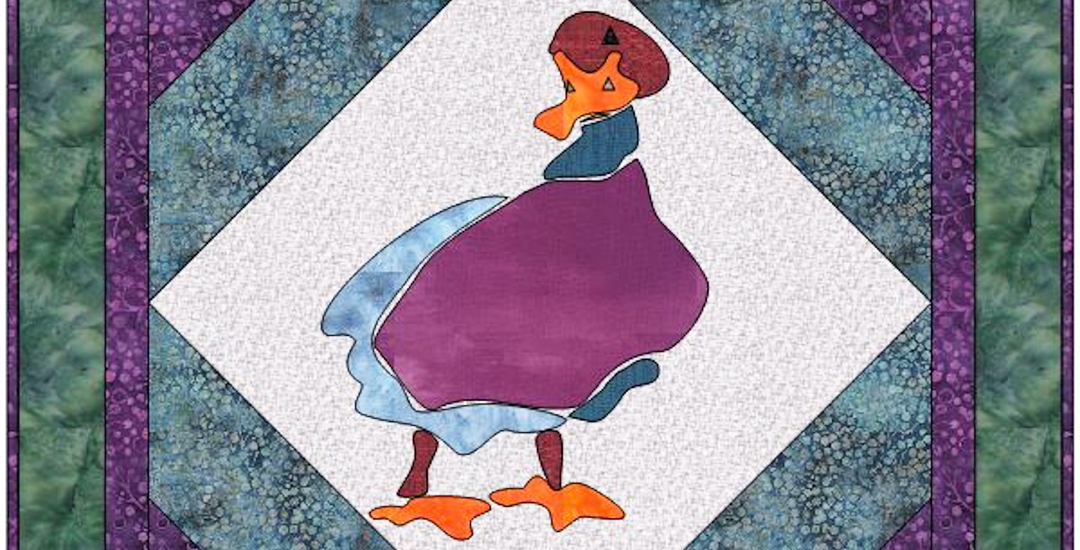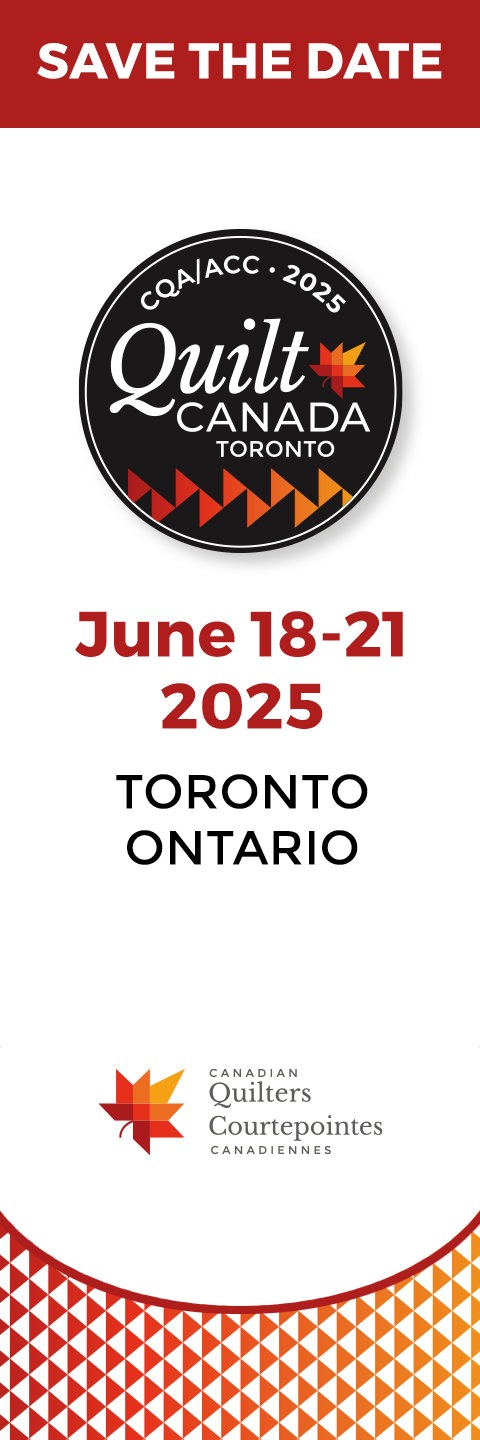Have you ever purchased a greeting card and then kept it? This quilter has. I have a collection of cards that is reviewed for special occasions, but they are rarely ever mailed. Just because. A recent look through my collection triggered a thought: what if these cards could be translated into pieced and/or appliquéd patterns using Electric Quilt 8®? Would it be possible to approach an artist and receive permission for such a collaboration?
One of the first considerations is copyright. For artwork, copyright lasts for the life of the artist, the remainder of the calendar year in which the author dies and for 50 years following the end of that calendar year. There are a few exceptions and copyright may be passed on to another person via a will, so if you are interested in working with a piece of art it is worthwhile to do some research. The card I chose is titled Really! by Prudence Smith. Have you ever seen her artwork? Need a smile? Look at some of Prudence’s work! Her sense of humour is easily seen in her animal series. In her words, “My whimsical animal series began a number of years ago with the birth of my first grandchild. Because I gained so much enjoyment from that first piece, I have continued to paint what has become an ongoing series extending over many years. It wasn’t long before I came to the realization that the gentle humour and whimsy of these pieces could appeal to any age.”
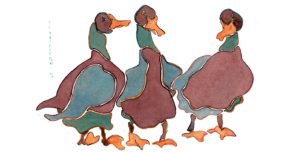
Prudence has been creating watercolours for about 30 years and, in addition to her animal series, has a wonderful collection of floral pieces. She loves taking photos, both for her research and for documenting her work. Her methodology would work quite well for quilters: she uses an index card for each photo (also kept on her computer), then takes selected images to a local print shop to have cards printed. Prudence works closely with the shop owner and has preview prints made so that she can ensure that the paper copy will be as close as possible to her watercolour original.
After a few initial emails and a phone call, Prudence agreed that this piece of art could be translated into fabric art for a not-for-profit, one-time use. The card was scanned and then cropped in photo editing software. EQ8® does not require high resolution in tracing images so 100 pixels/inch was sufficient.
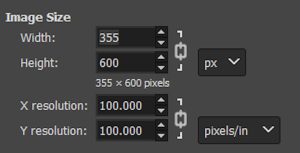
Version 8 of Electric Quilt® has really improved a quilter’s ability to trace designs! By choosing New Block, then Motif (so that it can be drawn as an appliqué without a background that is necessary with a quilt block), you can import an image, centre it and begin to trace the various patches.
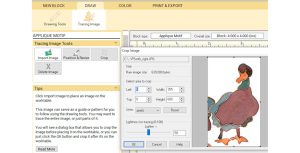
With previous versions, it was often difficult to trace irregular shapes and have them perfectly reflective of the underlying design. Now it is easy to use the freehand pencil tool to trace a shape.

In this diagram, the left foot of the duck has been traced properly and shows up as a ‘closed’, or solid, shape. On the right foot, the end point does not meet the beginning point, so the shape cannot be closed.

Choose the Edit tool to move the end point over top of the beginning point to close the shape for an appliqué patch. That same Edit tool can then be used to change the curves of an outline or add additional edit points to improve the shape.
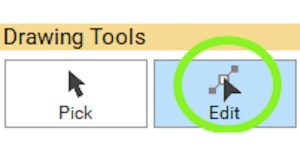
Edit points are black and can be moved along the edge of the shape, if need be. Use the open squares and lines radiating from those points to manipulate and improve the curves of the neighbouring parts of the shape. Fabric choices may be made at any point and applied to closed shapes or can be held off till the end of the tracing process.
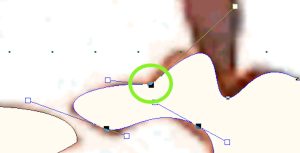
When the quilt design stage begins, remember to use Layer 1 to create the background and Layer 2 to place your motif. It can be resized and moved around and, when ready, the appliqué pieces printed out with or without a seam allowance (for raw edge appliqué), or mirrored, for pressing shapes to the back of the fabric.
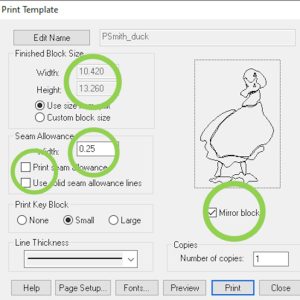
In the Preview to Print screen, all of the parts can be rearranged to cut down on the number of pages printed. For example, here are the pattern pieces on one page instead of the original three.

Of course, this method can also be used to design a unique project from a card, painting or a wonderful drawing by a young niece (like the butterfly by S.J. MacDonald, shown with permission) or a grandchild’s ‘fridge drawing’!
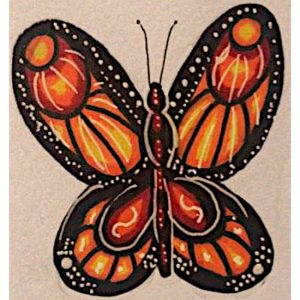
You can see Prudence Smith’s art on her website. Her work is on display at several galleries, including Perivale Gallery on Manitoulin Island, ON.

Lauren would love to see photos of your projects. Email them to her along with any of your EQ8® comments or questions.

